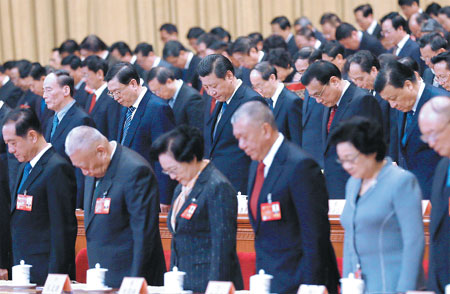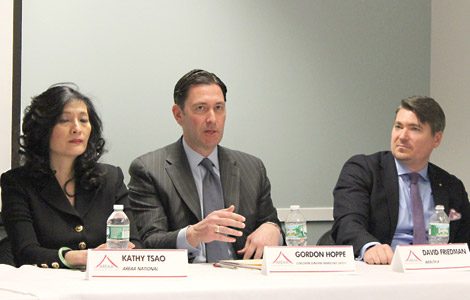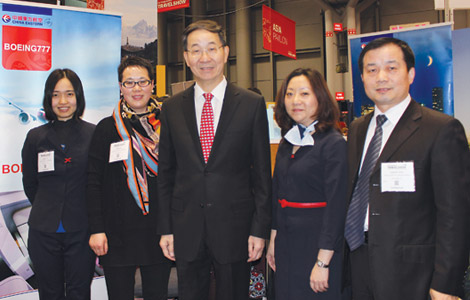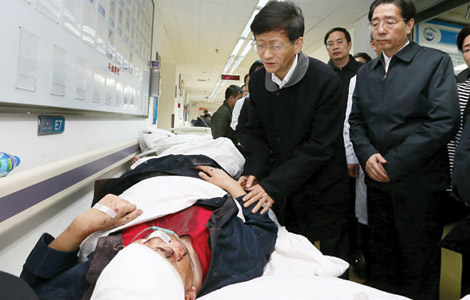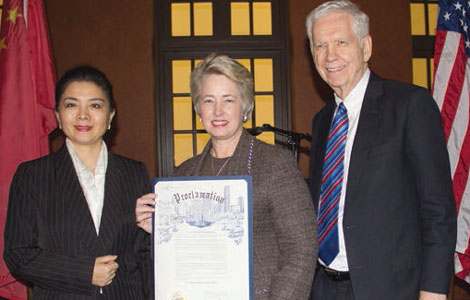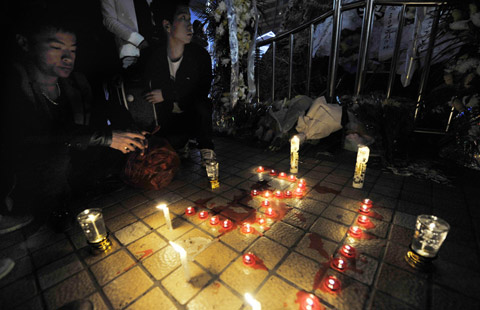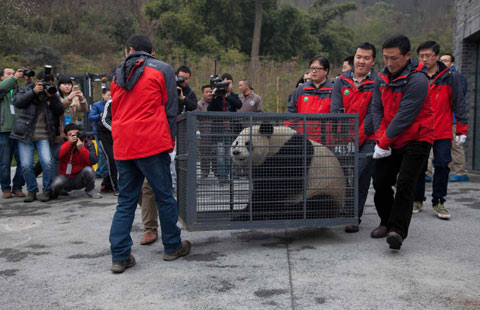Course for reform charted in the inner sanctum of Chinese politics
Updated: 2014-03-05 08:39
By Zhao Yinan (China Daily)
|
||||||||

Zhao Yinan in Beijing reports on the significance of Meeting Room No 1 at Zhongnanhai.
Zhongnanhai is not only in the center of Beijing, but is also the center of political power in China.
Inside the sprawling complex west of the Forbidden City known for its red walls and gold and green gilt roof tiles, members of the central government conduct debates, formulate policy and conduct affairs of State.
However, within the complex, one room commands particular attention.
Meeting Room No 1 is the home of State Council executive meetings, presided over by successive premiers in the 65 years since the founding of the People's Republic of China.
Zhou Enlai, New China's first premier, devised the rules governing the State Council's activities in this room.
Recently, the rules governing the establishment and operation of the Shanghai Free Trade Zone were hammered out around the large, oval table that dominates the room.
Now, Meeting Room No 1 is the nerve center of operations for Premier Li Keqiang, who has presided over 38 executive meetings since he took office in March 2013. Two huge traditional paintings depicting mountains and lakes hang on the walls, and a large Chinese flag stands at the far end of the conference table, where the premier sits.
The executive meetings are the most important platform available to policy makers - usually the premier, plus vice-premiers, State councilors, secretaries general and ministers - for the discussion and resolution of major issues. The decisions made will affect the lives of one-fifth of the global population, and the impact can even transcend national boundaries. As such, the government always errs on the side of caution when it selects the agendas for the meeting.
Meetings and mystiques
State Council executive meetings are as mysterious as they are important. In an era when people are becoming increasingly accustomed to information overload relating to just about every subject under the sun, China's government carefully weighs the words used in the official communiques released after every weekly work conference, turning them into triumphs of taciturnity.
No photos. No video footage. A two-page news release of around 1,000 characters - written material in China is gauged by the number of characters employed, not pages filled - is published by the official Xinhua News Agency after every meeting.
That's the sum total of the information given to 1.3 billion people in China - and countless others overseas - about the government's deliberations. There is a good reason for this. "Whatever is discussed in the meetings comes to represent the official attitude. Whatever is said there becomes a policy bellwether afterward," said Peng Zhenhuai, a professor at the National Academy of Development and Strategy at Renmin University of China.
Most Viewed
Editor's Picks
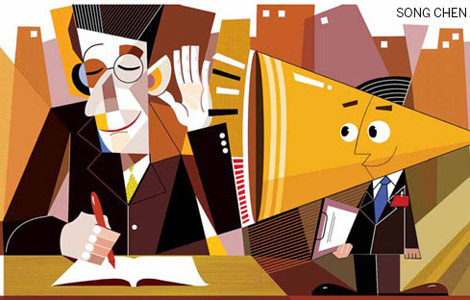
|

|

|

|

|

|
Today's Top News
Michelle Obama, kids will visit China
China embraces market forces
Sino-Germany electronic trade surges
The bitter truth about too much sugar
US: Train depot attack 'terrorism'
US halts military engagements with Russia
First Lady to visit China in March
Terrorists in Kunming attack busted
US Weekly

|

|
